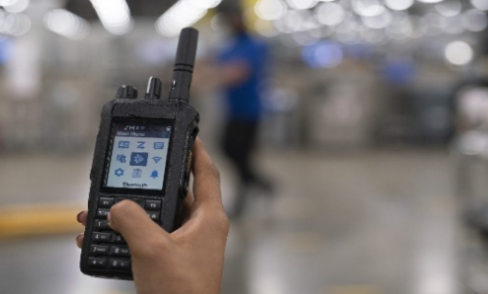Communication Redefined: Two-Way Radios in Emergency Response Scenarios

Effective communication matters, especially when people are stranded in an emergency and require assistance. Radios are among the oldest and most important communication tools essential for emergency response teams.
They are crucial in work coordination, information delivery, and protecting emergency personnel and citizens. This article discusses the utility of two-way radios in emergency response scenarios and their benefits and peculiarities.
Why Two-Way Radios Are Essential During Emergencies
Walkie-talkies enable people or groups to have direct discussions, especially during disasters. They differ from mobile phones as they do not use cellular networks, which may get jammed or even stop working during a disastrous situation. This means communication can go as usual without interruptions, even if other communication systems have been destroyed.
Again, coordination is a significant factor in disasters. Two-way radios help the responders in communications, coordination, planning, and management of resources on site. Communication leads to quicker response when people are evacuated during fires, searching for lost individuals, or working in healthcare incidents.
Additionally, safety remains the ultimate priority during emergencies. Features like the PTT buttons, emergency alert buttons, GPS tracking, and group calls are essential for monitoring the incident progression and ensuring the safety of the responder crew. The feature lets an operator send an SOS signal in an extreme emergency.
Key Features in Two-Way Radios
Durability, Reliability, and Clear Audio Quality
Two-way radios are usually manufactured to withstand extreme conditions. They can operate in contact with water, dust, and other physical elements at high temperatures. This reliability is vital in ensuring that communication devices are dependable even in the worst conditions.
Today’s two-way radios come equipped with noise reduction and enhanced audio coding systems to ensure that the intended messages are received and clearly understood, regardless of noise and confusion.
Long Battery Life, Multiple Channels, and Privacy
In emergencies, the need to retain power is critical. Two-way radios are always designed with long-lasting batteries and power conservation mechanisms to allow the devices to last. Most models also have fast recharging systems or battery packs to extend their use further.
Additionally, a two-way radio has multiple channels and subchannels, so different teams or units can communicate without causing interference. This is especially useful in complicated incidents involving several organizations or teams. Privacy elements like encryption guarantee that the information is protected from unauthorized parties.
Uses of Two-Way Radios in Emergencies
Natural Disasters
Cellular communication networks are usually breached in natural disasters, such as earthquakes, hurricanes, or wildfires. Two-way radios assist the first responders in communicating, coordinating rescue operations, and sharing information on progress. Their reliability and range make them essential tools in such circumstances.
Search and Rescue Operations
Two-way radios are very useful during rescue missions, especially when the terrain is challenging. They facilitate communication between teams, particularly in coordinating search missions, passing on important information, and finding victims who are lost. The GPS features are useful when monitoring the movement of search parties and identifying areas of search.
Summary
Disaster response requires reliable, uninterrupted communication and two-way radios deliver just that, as decisions should be made quickly and in unison. Due to their constructiveness, clarity, battery and efficiency, they can be used under challenging topographies. As technology develops further, more complex capabilities will be incorporated into two-way radios.



